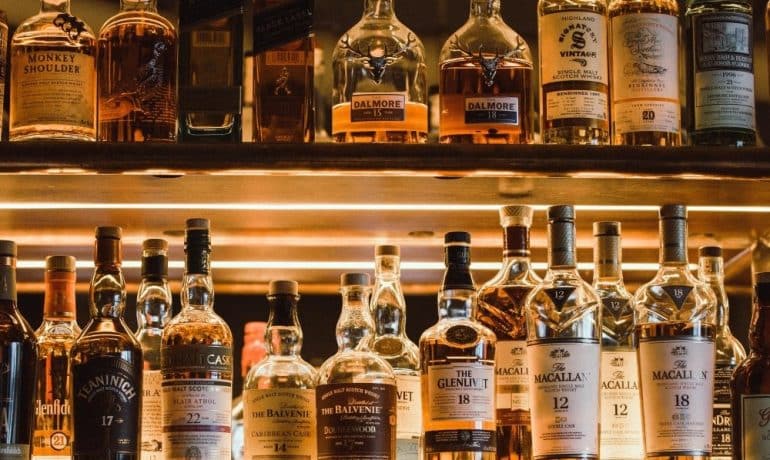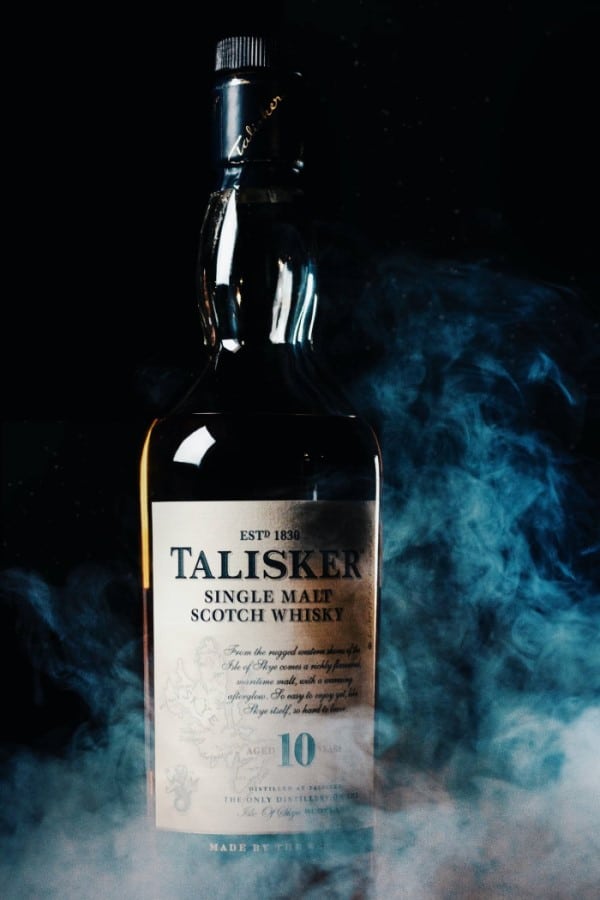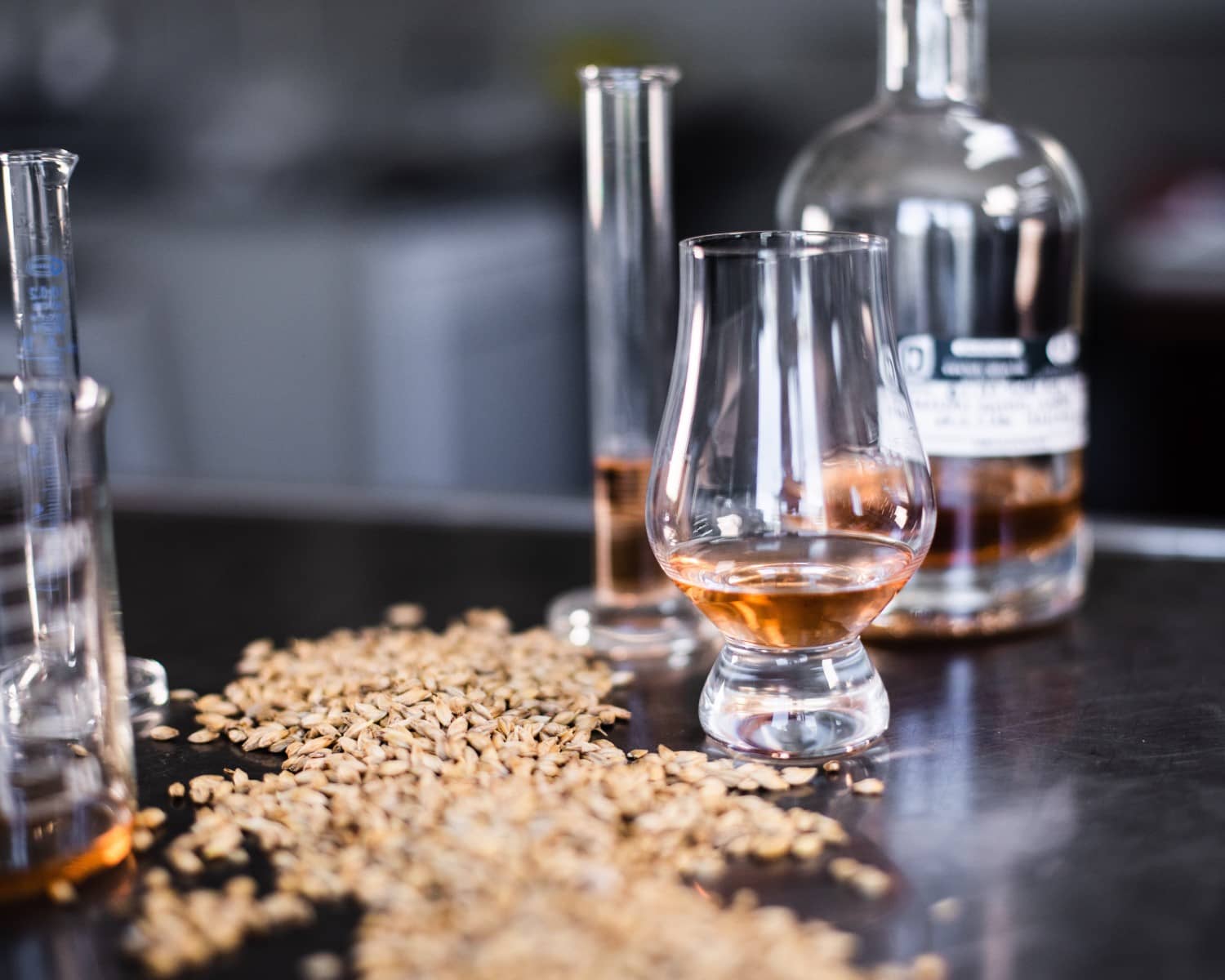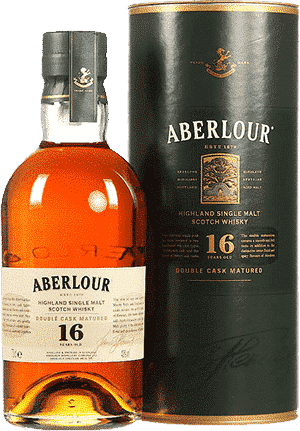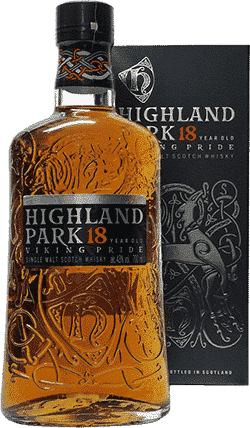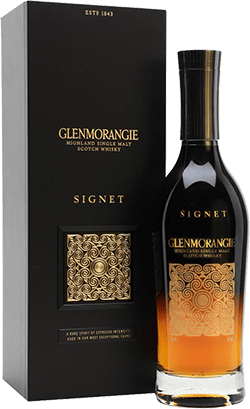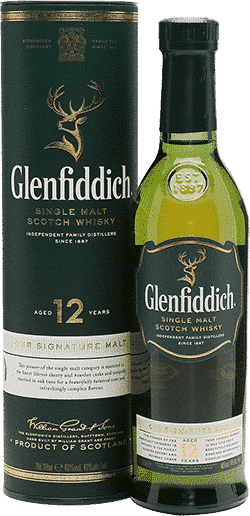Scotland is known for its single malt scotch whisky, commonly referred to as single malt scotch. To be eligible for this category, a whisky must have been made from malted barley mash at a single distillery. Popular brands include Glenfiddich, Lagavulin, Laphroaig and Talisker.
Continue reading this article to learn more about what is single malt scotch whisky and the top rated brands of 2021.
Sipping this article:
- What is Single Malt Whisky?
- Some Common Misconceptions About Single Malt Scotch Whisky
- History of Single Malt Scotch Whisky
What Exactly Is a Single Malt Scotch Whisky?
So, the question we chose to answer in this article is ” What is Single Malt Scotch Whisky?”. As the whisky business continues to grow, the phrase “single malt scotch” has become increasingly popular. Although a Single Malt Whisky can be produced anywhere in the planet, a single malt scotch whisky must only be produced in Scotland. And this type of Scotch whisky, by its turn, can have some ratifications itself, as single barrel, single cask, among others.
Understanding the Terms in Single Malt Scotch Whisky.
The first step in comprehending the term “single malt” is to determine which element of the scotch whisky production process each word refers to. Let’s start with the definition of the term “single.”
This is the most perplexing aspect of the phrase, as it may refer to a wide range of whisky-related issues. For example, a widespread misunderstanding about single malt whisky is that the term “single” implies that the whisky must come from a single batch or barrel. This is not the case, though. A great amount of the single malt scotch whisky are mixtures. However, all expressions in the mix come from the same distillery. And that’s what the word ‘Single’ is related to: the expression is produced and aged in a single distillery. Summing this up, while a single malt might include whisky from various barrels, it must all have come from the same distillery.
When we say ‘blend,’ we’re talking about the process of blending whisky from various barrels and maturities to create the finished product. Thus, producers mix whiskies to achieve a flavour balance in their single malt.
As an example, Glenfiddich single malt whisky must be made in the Glenfiddich Distillery. As you might expect, Talisker single malt is manufactured at the Talisker Distillery.
Understanding the Term ‘Malt’
The term ‘malt’ is the least perplexing of the two, as there isn’t much else this word may refer to outside the grain needed to manufacture what is known as single malt scotch whisky. This grain is only barley in the case of single malt. After a farmer has grown nearly 200 tonnes of barley, it is steeped for two days.
The next step is to pour room temperature water, so the grains can germinate. This part of the Scotch production process is called malting, as the barley is transformed in malted barley.
While enormous drums are now often used for malting barley, conventional floor malting is favoured for preparing grain for the next steps of the whisky-making process.
After five days of germination, the malted barley is lifted from the floor and ‘pelted’ for 10 hours. Therefore, the ‘malt’ in ‘single malt’ refers to the fact that the scotch whisky must only be produced from malted barley and water.
The Regulations of a Single Malt Scotch Whisky
Regarding what is Single Malt Scotch Whisky, there are a few regulations within Scotland’s and international law that define a Single Malt Scotch. For a Whisky to have this denomination, it
- It has to be produced and aged in Scotland;
- Malted Barley has to be the cereal base of this spirit;
- The spirit must be mixed or distilled in a single distillery;
- The alcohol volume has a minimum of 40% ABV
- The maturation must take in oak barrels;
- It has to age for, at least, 3 years.
Ingredients Found in Single Malt Scotch Whisky
As you could understand by the previous paragraphs, the main ingredients of Single Malt Scotch Whisky are malted barley and water. Since the producers only have to produce whisky with the minimun of 50% of this cereal, they can add other grains to manufacture a specific expression.
The rest is just a natural chemistry process that transforms the mashed barley into the spirit we all know.
What is Single Malt Scotch Whisky – Some Common Misconceptions
You should now have a good notion of what is single malt scotch whisky and what makes it a unique spirit. Now, let’s clear up some industry misconceptions. The word ‘single’ in a single barrel or single cask whisky originates from a single distillery, just like a single malt.
The whisky in a single barrel or cask, on the other hand, stems from a single barrel. As a result, whereas a single malt whisky might be issued in thousands of bottles, a single cask will only yield 200-600 bottles, depending on the size of the barrel. Single cask releases are frequently more unusual and costly due to this.
History of Single Malt Scotch Whisky
It is important, in order to answer to the “what is single malt scotch whisky” question, to have an historical context. While Single Malt Scotch has been produced since the 15th Century, the spirit was quite different from the one we know. It took centuries of perfecting the production processes and quite a lot of regulation so it could turn out the Scotch we enjoy today.
Whisky distillation has been practiced in Scotland for millennia. The oldest reference to whisky production in Scotland from malted barley, however, comes back to an item in the 1494 Exchequer Rolls
In the ensuing centuries, different administrations of Scotland began taxing whisky manufacturing to the point that most of the spirits were being produced illegally. The Excise Act of 1823, on the other hand, made commercial distillation lawful and profitable. When unauthorized distilleries were discovered on landowners’ premises, penalties were applied.
Merchants quickly began combining malt whisky with grain whisky brewed in continuous stills, resulting in the world’s first blended Scotch whisky. The blended scotch whisky was a big hit since it was less expensive to make than malt and had more flavour and character.
The combination allowed single malt producers to expand their operations or sell their goods to blended whisky distillers.
Recent History of Single Malt Scotch Whisky
According to a 2016 survey, barely 20% of Scotch whisky is produced by enterprises based in Scotland. Diageo, a London-based firm, owns the bulk of the goods, while Suntory, a Japanese company, owns Morrison-Bowmore.
Independent distilleries owned by Scots corporations also produce a significant amount of whisky, the largest being William Grant &
Sons. Grant is responsible for 8% of total Scotch whisky production, including names like Glenfiddich and Balvenie. Glenfiddich is the world’s best-selling Single Malt Scotch Whisky, with around 14 million bottles.
Single malt whisky has made up around 26% of whisky exported to foreign nations in recent years, with bulk spirits accounting for about 5% and blended whisky accounting for the rest. The United States (21%), France (11%), and Singapore are the major importers of Scotch whisky (6%).
What is Single Malt Scotch Whisky – Some Great Expressions You Should Taste
Best Overall: Aberlour 16-Year-Old Single Malt Scotch
- Region: Speyside
- ABV: 43%
- Tasting Notes: Caramel, Oak, Spice
Whisky drinkers in the United States sometimes disregard Aberlour, yet this is unjustified. The 16-year-old from the Speyside distillery is just on the cusp of maturity between the 12 and 18-year-olds, the range’s other two age statement bottles.
Before being blended and then bottled, the whiskey is matured for 16 years in both bourbon and sherry casks. This results in a rich, oaky structure with sweet vanilla aromas from bourbon barrels and exquisite fruits and spices from sherry casks.
For what is single malt Scotch whisky, this is one of the best rated expressions.
Best Under $100: Bruichladdich the Classic Laddie
- Region: Islay
- ABV: 50%
- Tasting Notes: Green Apple, Brown Sugar, Grass
Bruichladdich is noted for producing highly smoky whisky, a trademark taste profile of Scotland’s Islay area. This includes the Port Charlotte and yearly Octomore releases, which can have some of the highest peat levels of any whisky. On the other hand, the core bottling is this superb unpeated whisky.
The Classic Laddie is a mild-single malt with flavours of citrus, sweet, malted barley, vanilla, and honey that has no age declaration. At around $100, this is a fantastic whisky to drink neat and improves an essential highball cocktail.
Best Under $50: The Glenlivet 12-Year-Old Single Malt Scotch Whisky
- Region: Speyside
- ABV: 40%
- Tasting Notes: Apple, Citrus, Vanilla
Glenlivet, the 12-year-old expression, is extremely popular, and for a good reason. It’s reasonably priced and has a very accessible taste, since it’s not overly peaty. For what is single malt scotch whisky, this expression for great for daily sipping.
This whisky was aged in a blend of American and European oak barrels and is a beautiful entry-level bottle for folks who don’t want to spend a lot of money but want something with taste richness.
Best Value Whisky: Aberfeldy 12-Year-Old Single Malt Scotch
- Region: Highlands
- ABV: 40%
- Tasting Notes: Vanilla, Almond, Baking Spice
This is a classic Highlands whisky, and it’s unusual to peek at one of the whiskies used in Dewar’s White Label, which is much more well-known.
Aberfeldy, which has been in operation since the turn of the century, adds a large percentage of malt to the Dewar’s blend. With prices ranging from $30 to $40, the 12-year-old expression is an excellent value single malt.
For the comparably low price, the attentive drinker is rewarded with flavour-rich, syrupy honey flavours emphasized by blasts of vanilla and paired with a subtle spice undertone.
Best for Cocktails: Auchentoshan American Oak
- Region: Lowlands
- ABV: 40%
- Tasting Notes: Nuts, Pepper, Vanilla
You might not want to make a Manhattan with that $300 bottle of 25-year-old whisky, there are single malt scotches that go well in cocktails and aren’t too expensive. Auchentoshan, for instance, is a distillery in the Lowlands (just south of Glasgow) that produces one such whisky.
This triple-distilled whisky has a bourbon-like flavour, so it’s perfect for Manhattan’s, Old Fashioned, Boulevardiers, and any other whisky cocktail.
Best 10-Year-Old: Single Malt Scotch
- Region: Islands
- ABV: 40%
- Tasting Notes: Vanilla, Orange, Cherry
Although not as well-known as its sister Islay, the isle of Jura has a long history of scotch production, and its eponymous distillery produces a delectable and accessible 10-year-old expression. This scotch is aged in Oloroso sherry casks after resting in bourbon barrels.
Balanced and with a sweet finish, the flavour dances between spice and oak in this one-of-a-kind finish. The smoke in this scotch is mild and exciting for any first-time scotch drinker.
Best 12-Year-Old: Single Malt Scotch
- Region: Highlands
- ABV: 43%
- Tasting Notes: Raisin, Caramel, Cinnamon
Many distilleries have a 12-year norm, and most of them provide an entry-level whisky that has been aged for that long. There are plenty to choose from. However, the GlenDronach makes one of the best. This distillery specializes in sherry-aged whisky and is in the Highlands.
This product has a lot of flavours and hasn’t been reduced to the bare minimum, unlike other larger companies. People are drawn in by the time spent in Oloroso and Pedro Ximenez’s sherry casks. It produces a rich, opulent whisky with notes of dark fruits, raisins, chocolate, butter, baking spice, and orange peels.
Best 18-Year-Old: Highland Park Single Malt Scotch
- Region: Islands
- ABV: 43%
- Tasting Notes: Espresso, Prune, Smoke
Highland Park is in Orkney, a group of sparsely populated islands in Scotland’s far north and is quite proud of its Viking heritage. There are many whiskies available, but the 18-year-old is one of the best for its age, fitting between the entry-level 10-year-old and the luxury 21-year-old.
Best 25-Year-Old: The Macallan Sherry Oak
- Region: Speyside
- ABV: 43%
- Tasting Notes: Sherry, Cinnamon, Vanilla
With a wide choice of bottles matured in hand-selected sherry-seasoned wood from Jerez, Spain,
For what is single malt scotch, The Macallan is the brand to go. Also, their expertise on sherry cask single malts makes these expressions, absolute favourites. Despite its high price, the 25-year-old is an excellent illustration of how delicious a whisky may taste after nearly three decades of maturation.
In some instances, a long period in a barrel might change the flavour of the liquid in unfavourable ways, but not in this case.
Every taste of this luxury single malt scotch reveals rich aromas of chocolate, spice, cherry syrup, and ripened fig.
Best Peated: Ardbeg Uigeadail
- Region: Islay
- ABV: 54.2%
- Tasting Notes: Peat, Spice, Oak
If you like peated whisky, this is a must-try. Ardbeg is a cult favourite on Islay, particularly among true smoky whisky lovers. The flavour of this scotch comes from peat being burned to dry up the barley and end the malting process, infusing the grain with smoke.
This bottling, named after a nearby lake, has all the coastal salt you’d expect from a distillery so close to the sea, but it also boasts one of the most gratifying finishes on Islay. There will be a lot of flavours regarding smoke, dried fruits, fresh coffee, dark sugars, and salt.
Best Splurge: Lagavulin 16-Year-Old
- Region: Islay
- ABV: 43%
- Tasting Notes: Vanilla, Black Tea, Smoke
Lagavulin, an Islay distillery that produces an excellently peated scotch. The 16-year-old expression, matured in second-fill ex-bourbon barrels, is a touch costly, but it’s worth it. It’s one of the all-time favourite Islay whiskies. Big peat smoke, sherry, spice, softwood and black tea notes can be tasted.
This single malt scotch is delicious all by itself, without ice, when unwinding next to the fire.
Best No-Age Statement: Glenmorangie Signet
- Region: Highlands
- ABV: 46%
- Tasting Notes: Espresso, Tobacco, Orange
Glenmorangie offers a wide range of whiskies, from the 10-year-old basic expression to some uncommon vintages. Although no age statement is included on the Signet single malt, it is not needed, and as experienced whiskey consumers know, age is not always an indicator of quality.
According to the distillery, the mash bill includes roasted chocolate barley malt, and the spirit is aged in “designer” barrels. This is a one-of-a-kind spirit that is well worth the money. It is velvety and classy.
Best Entry-Level: Glenfiddich 12-Year-Old
- Region: Highlands
- ABV: 46%
- Tasting Notes: Espresso, Tobacco, Orange
Glenfiddich 12, one of the most recognizable names in scotch whisky, has a 12-year-old expression in its range that is inexpensive and accessible. This traditional whisky, aged in bourbon and sherry barrels before being coupled together in a huge tun, has distinct aromas of pear and green apple. For what is single malt scotch whisky, this expression is ideal for whisky newcomers since it also performs nicely in cocktails.
There’s enough of the barrel to savour as a clean pour or on the rocks, but the pomaceous fruit notes play nicely with soft, earthy spices, and there’s plenty of room in its lengthy, creamy finish to mix in acidic, tannic, or bitter ingredients.

